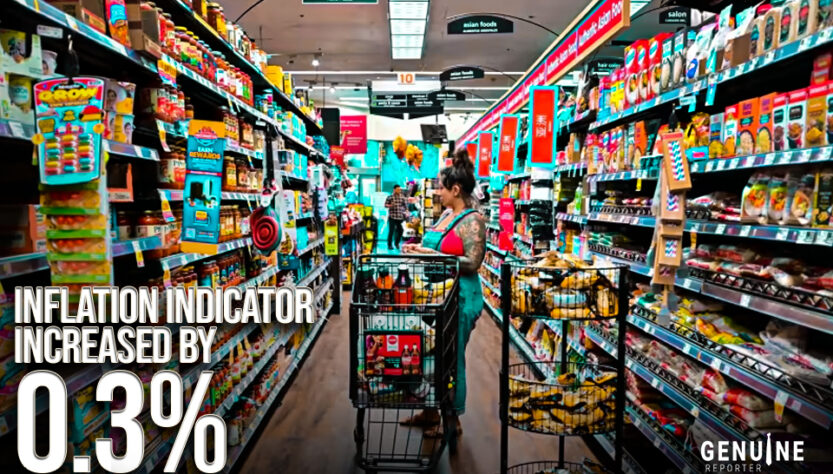On Friday, the Commerce Department reported that, “The personal consumption expenditures price index excluding food and energy increased 0.3% for the month. That was below the 0.4% Dow Jones estimate and lower than the 0.5% January increase.”
Moreover, on a 12-month basis, core PCE surged 4.6%, a slight decline from the level in January.
Additionally, it included food and energy, where the headline PCE increased by 0.3% monthly and 5% yearly, as opposed to 0.6% and 5.3% in January.
Further, the lower-than-anticipated data came with monthly energy prices downshifting 0.4% while food prices increased 0.2%. Moreover, prices of commodities climbed 0.2% while those of services surged 0.3%.
In other data, apart from what the commerce department reported, personal income increased 0.3%, slightly above the 0.2% anticipation. Consumer spending climbed 0.2%, in comparison with the 0.3% estimate.
Further, stocks surged higher following the report, while longer-haul Treasury yields fell.
Jeffrey Roach, chief economist at LPL Financial, said, “The inflation trend looks promising for investors. Inflation will likely be below 4% by the end of the year, giving the Federal Reserve some leeway to cut rates by the end of the year if the economy falls into recession.”
However, market pricing undertaken on a Friday morning following the inflation report indicated an even separation between the Fed raising its benchmark interest rate another quarter percentage point or holding firm in May.
In the previous week, unofficial projections from the Fed’s release pointed to perhaps one more increase this year and no pruning. Although traders expect cuts this year, with year-end pricing for the federal funds rate at 4.25%–4.5%, half a point below the currently estimated target range.
While inflation has declined in some areas, it has remained damaging in others. Shelter costs, in particular, have surged sharply. Although, on the other hand, Fed’s officials are looking at an increase and expect rents to decelerate through the year.
Besides, inflation is likely to remain well above the Fed’s 2% target into 2024, and officials have proclaimed they remain focused on bringing down prices despite the current bank disruption.
However, data released on Thursday suggested that the problems in the banking sector may also be at least under control. Borrowing through two emergency Fed lending programs decreased slightly in the previous week, which indicated that there has been no distressed liquidity dash for banks that may be under-subsidised.
- Published By Team Genuine Reporter

